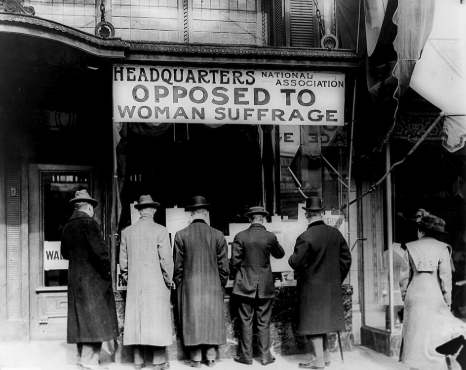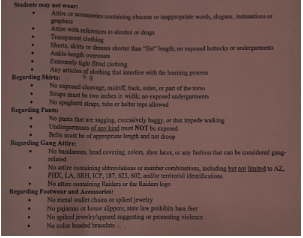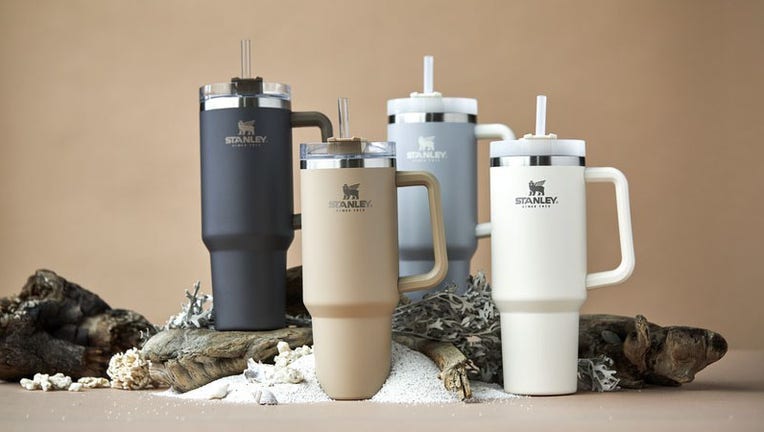For the past few months, Stanley cups have become a staple in just drinking water, even where children have been bullied for not having one or owning a cheaper version.
A woman on TikTok, Lead Safe Mama, commits her account to testing mainly kitchenware for lead as to be sure children around the world are not blindly ingesting lead. Because it is a viral topic, she tested the bottom of a Stanley cup.
This started a trend with others testing their tumblers for lead and some showed negative but others showed positive, meaning there are traces of lead.
The company was quick to clear it up; they do use lead in the manufacturing process though it does not touch any liquid that should be ingested from the cup. It is enclosed in the stainless steel at the bottom of the cup to seal the vacuum insulation. There is a possibility for the lead to be ingested, but only if the cup is damaged enough for the stainless steel to open up the lead.
Stanley’s spokesperson also clarified that all of their products meet regulatory requirements, and are searching for a new, safer way to seal the insulated cups. This is important because Stanleys have become popular with youth and lead poisoning has an easier target with children.
Symptoms of lead poisoning in adults may include but are not limited to: high blood pressure, joint and muscle pain, difficulties with memory or concentration, headaches, abdominal pain, and mood disorders. This occurs after inhaling an excessive amount of lead that builds up in your body.








































